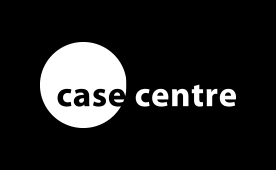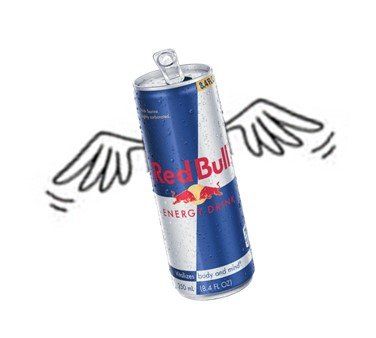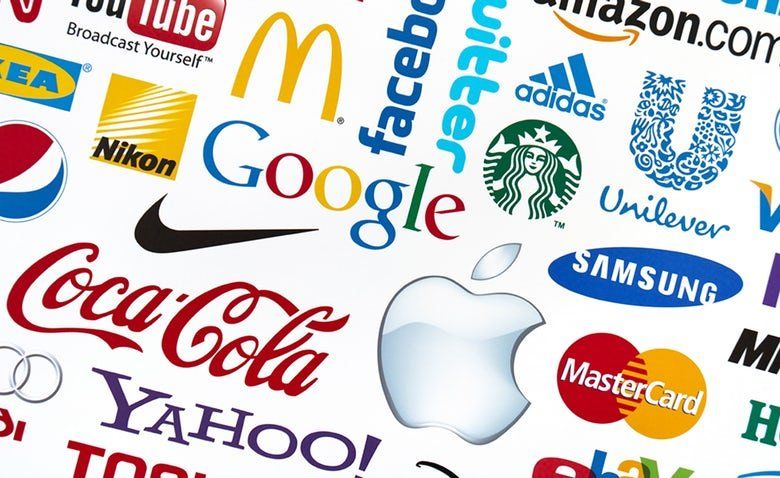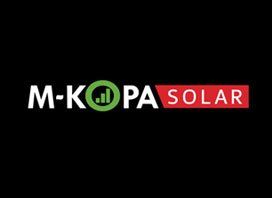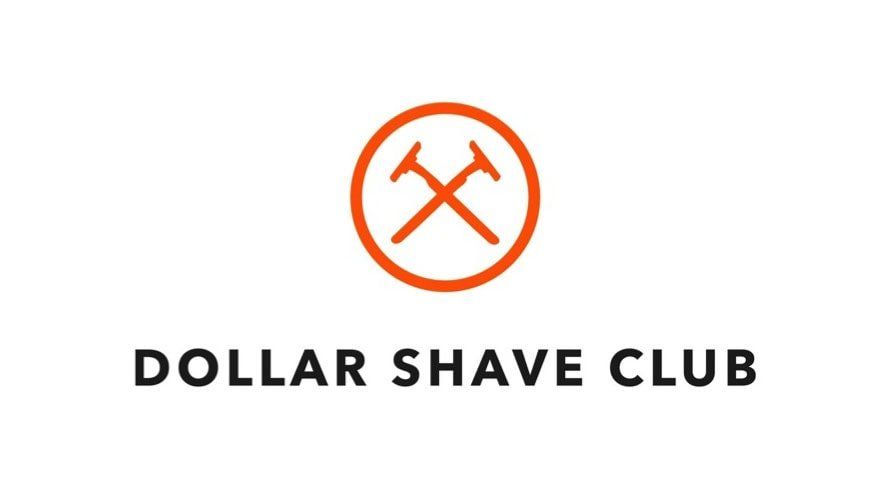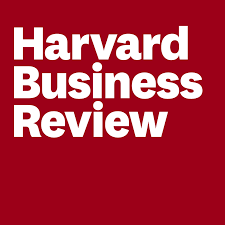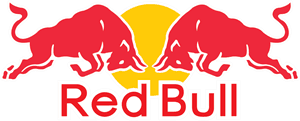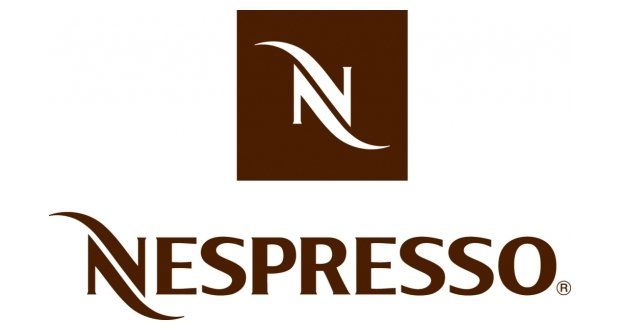CASES
Ranked in the #50 world-wide top selling author with the Case Centre, I am always looking for opportunities for new worst, best or next-practice cases. Great cases address both the knowing and the doing in the knowing-doing gap.
They engage participants to interactively apply theory and experience to a specific context. Below, is a selection of some case studies I authored.
Red Bull has launched a sub-branded The Organics by Red Bull range that sat outside the energy-drinks category, and the AlphaTauri functional-fashion brand, renaming one of its F1 teams Scuderia AlphaTauri to provide a unique promotional platform for the latter. The case provides a basis for discussing the (dis)synergies between Red Bull and these extensions from a brand, consumer, and marketing perspective. Find it here.
This case highlights aspects as they relate to brand appeal, based on the dispute settlement panel convened by the World Trade Organization (WTO) regarding Australia's Tobacco Plain Packaging legislation (full disclosure: I represented Australia in this dispute). Find it here.
The case describes how Pret a Manger - a London casual-dining institution - was significantly adversely impacted by the COVID-19 pandemic, and how they tried to pivot by launching several business experiments in fast succession. The long-term outcome of these experiments was far from certain, but the case provides a solid basis for evaluating their potential merits and pitfalls. Find this compact case here.
This background note is an overview of the marketing process, and is used in the LBS core in lieu of a text book. It describes the marketing process as characterized by four iterative stages: market analysis (the 5C's), marketing strategy (segmentation, targeting, positioning & branding), the marketing mix (the 4P's), and marketing planning. Find it here.
Brand valuation is the process of estimating the financial value of a brand for for purposes such as capitalizing brands as intangible assets on post-M&A balance sheets, as well as for non-reporting purposes, such as investing in and managing the brand; setting internal transfer prices to optimize international tax liabilities; setting rates for brand licensing agreements; co-branding revenue splits; and measuring brand investment returns. Find this technical note here.
Launched in East Africa, M-KOPA is an innovative pay-as-you-go solar system that provides reliable energy to low-income households. To serve these customers profitably, M-KOPA's solution relies on digital innovation and the integrated adaptation of every element business model, including a new profit model akin to the data-driven platform models of the likes of Amazon and Tencent. The founders' challenge was how best to continue growing their for-profit business in the face of new competition, while staying true to M-KOPA's social mission and values. Find it here.
The case describes how Dollar Shave Club proved to be a disruptive force in the shaving industry, one dominated by Gillette for over a Century. It did so without a single patent to its name, and with a direct-to-consumer subscription and a content-based customer engagement model that was new to the shaving industry, but not to consumer products at large (e.g., Nespresso and Red Bull, respectively). The case demonstrates the disruptive power of a digital platform model, and highlights how new marketing capabilities can disrupt traditional channels. It challenges P&G owned Gillette to formulate a strategic response in light of Unilever's threat to acquire the upstart business. Harvard Business Publishing designated it as one of the 10 best business case studies
to teach online. The case was Overall Winner, at the 2021 Case Centre Awards and Competitions. Find it here.
This compact case provides a basis for discussing brand valuation for several purposes (e.g., capitalization of intangible assets on post-M&A balance sheets, input into managing and leveraging the brand across the business, setting transfer prices to optimize international taxation, setting rates for brand licensing agreements, evaluating brand ROI, and co-branding revenue splits between parties). It does so from the perspective of a luxury brand's chief marketing officer (CMO), Lena Muller, who is furthermore worried how the choice of valuation method might affect her annual bonus. Lena is particularly concerned by the vastly different valuations ascribed to leading brands by two of the leading league table providers, Brand Finance and Interbrand, who use different methods to do so. Find it here.
Erica Jackson, the new CMO of an extreme racing company combining aspects of ultramarathons, is on the hook to come up with a way to further monetize the under-exploited brand while also fixing customer pain points around the registration process. The solution she and the COO have come up with – a premium membership that allows die-hard fans to buy early access to race registration – isn’t being well received in initial online tests. Should the company pull the plug or move forward potentially upsetting the company’s small group of most loyal customers? Read this fictionalized case here.
Unilever, the world's leading ice cream maker, faced a decline in market share, sales volumes, and relevance among consumers. The team had to decide on a brand strategy that would reconnect with customers, ignite growth and solidify the company's leadership of the industry. The practical challenge was if and how to consolidate the brand portfolio; how individual brands should be positioned or re-positioned as part of this strategy; and how this strategy could be implemented. Find it here.
Central to Red Bull's success was the use of word-of-mouth or 'buzz' marketing. As it grew globally, Red Bull found itself at a crossroads, challenged with defending its market share. It faced a maturing market and an onslaught of competitive brands, some of them promoted by beverage industry giants and private labels by mass retailers. Red Bull needed to determine whether it was outgrowing its anti-establishment status and whether the time had come to transition to a more traditional marketing approach. Would this destroy Red Bull's mystique? The case was Overall Winner, at the 2010 ECCH European Case Awards, and 2009 Category Winner in Marketing. Find it
here.
More and more competitors were lining up to launch Nespresso-compatible capsules, and lower-cost alternatives had become well established. In addition, Nespresso was facing high-end competition with the launch of sophisticated coffee machines that included grinders. At the same time, Nestlé is about to launch Nescafé Dolce Gusto, a mid-market single-serve coffee brand. The case was Category Winner, Strategy & General Management, at the 2017 Case Centre Awards and Competitions. Find it here.
Peter Noll, a pharmaceutical company division chief, ponders the varying business models of two units that have just merged. Both have for years employed flexible, inventive strategies to good effect, but Noll is inclined to impose a single model on the combined entity. The two unit heads, however, make compelling arguments for being left to do their business as usual. What choice should Noll make? Read this fictionalized case here.
Companies tend to think of pricing only in terms of how they capture value, at worst as cost+. Ironman found out the hard way, that pricing has to be consistent with the brand promise. And offering customers to buy into an event - even though it was to solve a real pain point - was entirely incongruent with their brand that is all about offering something you have to 'earn' and cannot simply buy. Read a short version of the case in the Financial Times here.
This case illustrates how the new merged brand was conveyed to its employees internally, via employee branding. It highlights the associated opportunities and challenges of aligning external customer-facing branding efforts led by marketing with internal branding efforts led by Human Resources, which have traditionally focused on employer branding rather than employee branding. Employer branding is aimed at attracting and retaining employees in the proverbial war for talent, whereas employee branding is aimed at engaging and enabling employees to deliver the brand positioning to customers. Find it here.
